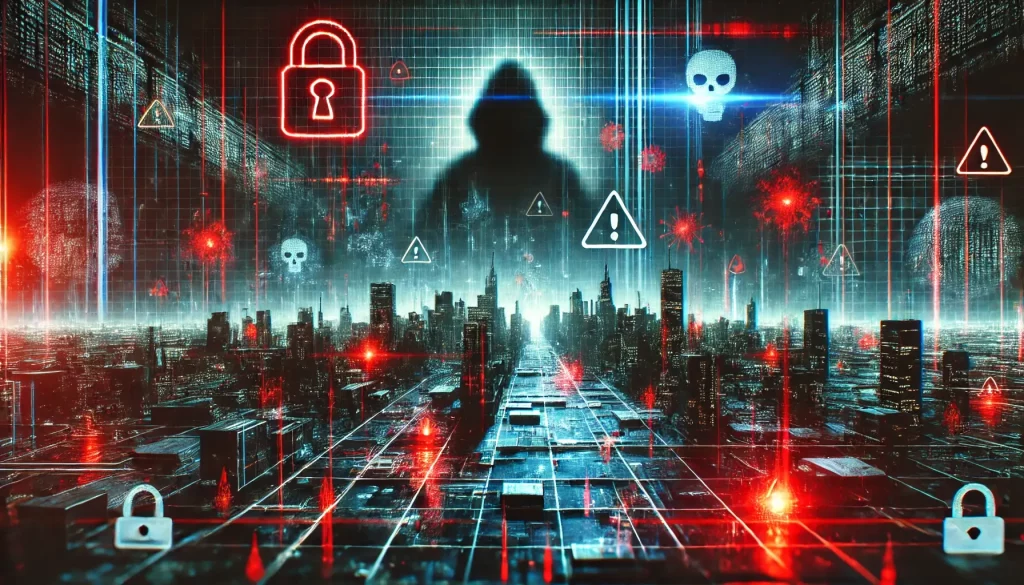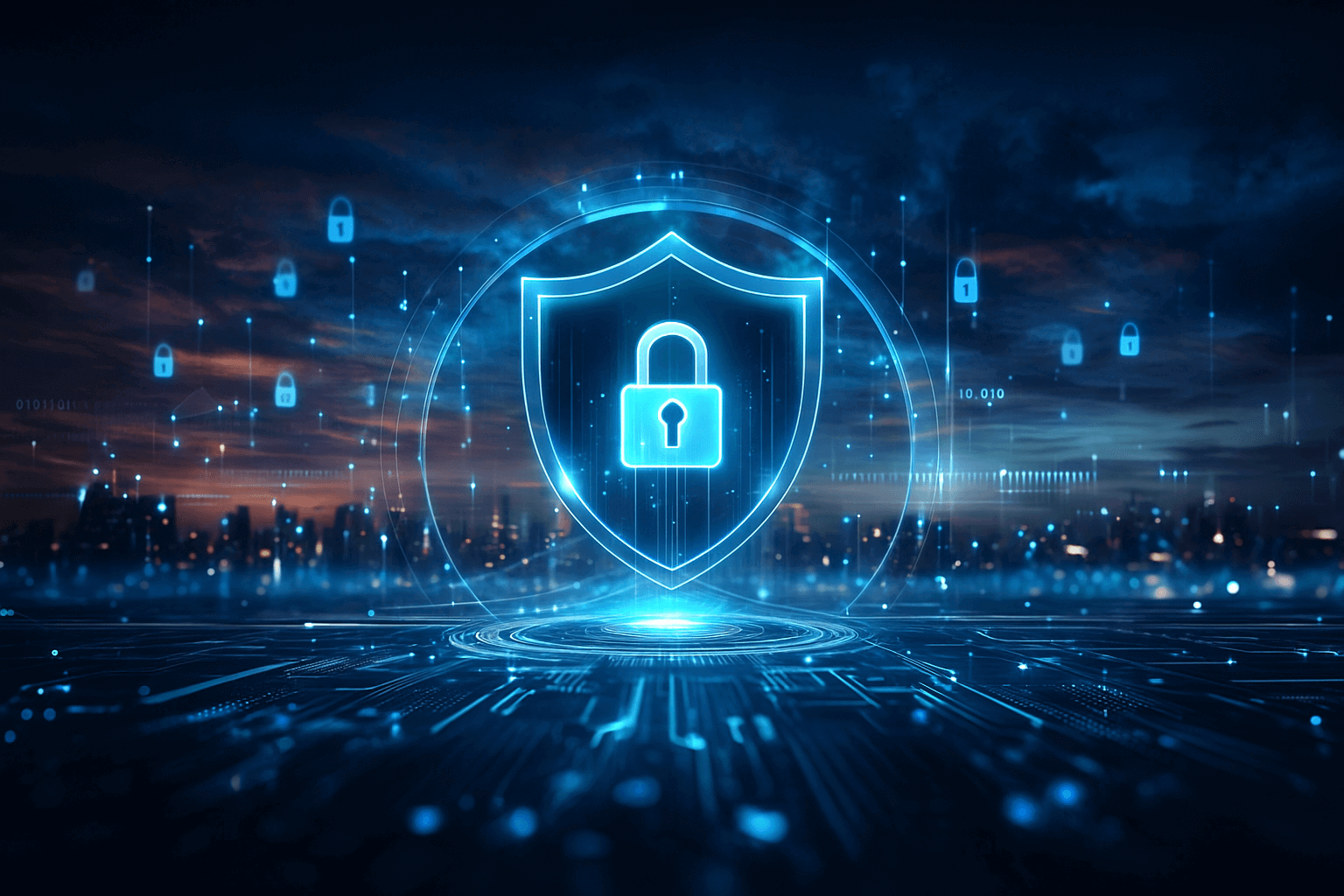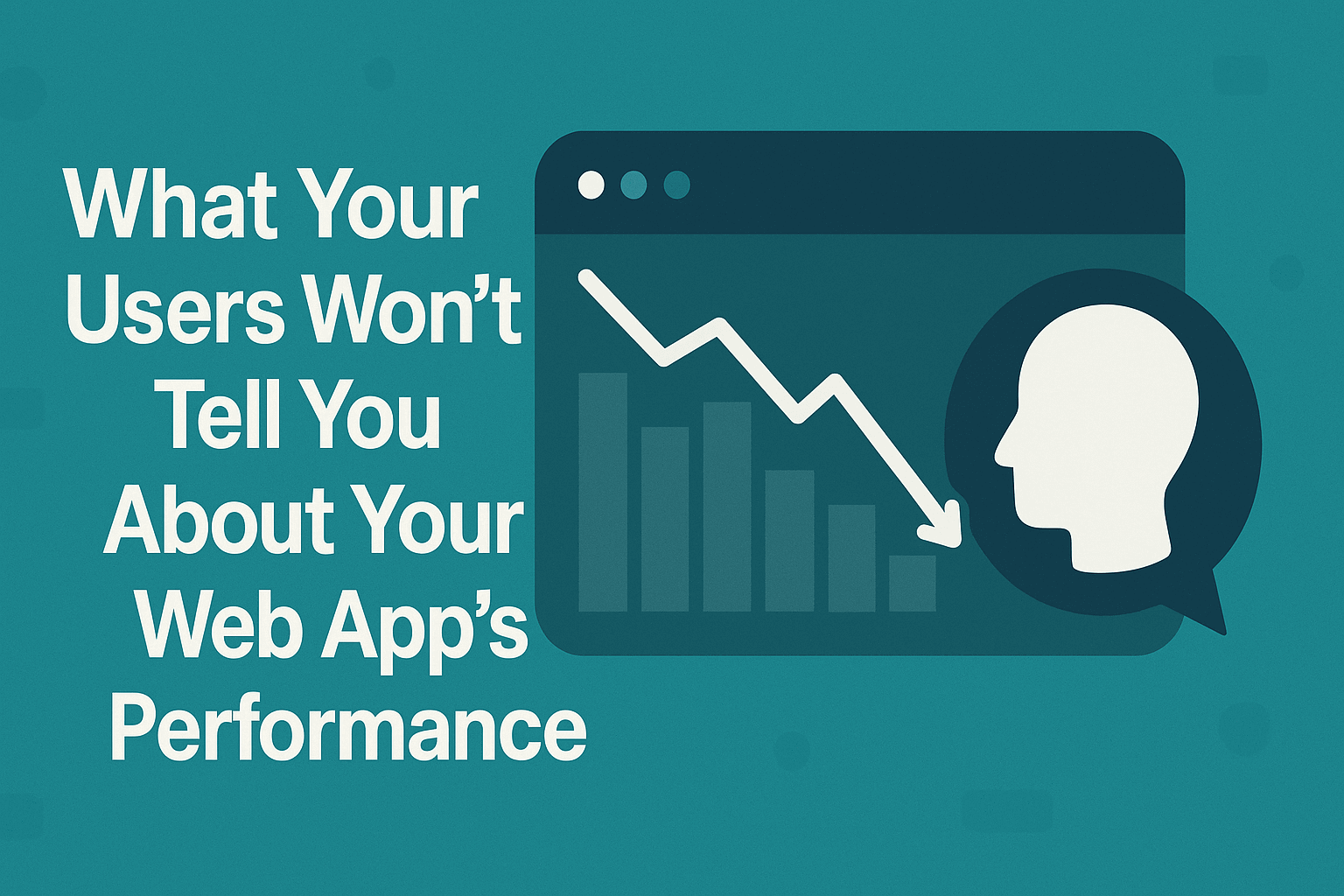Malware has caused some of the most destructive incidents in digital history. From crashing systems to crippling global infrastructure, these malicious programs have left a lasting impact. According to a Private Internet Access (PIA) research, certain malware attacks have stood out not just for their scale, but for the lessons they taught us about cybersecurity. These infamous attacks remind us how vulnerable our connected world can be—and why protecting it is more crucial than ever.
Let’s dive into the stories of the most devastating malware incidents and uncover the critical takeaways that still shape cybersecurity today.

Contents
What Is Malware and Why Should You Care?
Malware, or “malicious software,” does exactly what it sounds like. It sneaks into your computer, phone, or network, then steals, spies, or destroys. It might lock you out of your files or even cripple vital services like hospitals or power grids.
What makes some malware so unforgettable is the scale of destruction it causes. These attacks aren’t just a nuisance—they’ve cost billions and reshaped how the world approaches security.
The Malware Attacks That Made History
The Morris Worm (1988)
In 1988, a grad student named Robert Tappan Morris released a program meant to test the internet. It was supposed to spread to other computers but not cause damage. That plan failed. The worm spiraled out of control, infecting thousands of machines and shutting them down.
Why It Mattered:
•It took down about 10% of all connected computers—a big number back then.
•It showed how unprepared the internet was for something like this.
•It led to the first conviction under computer crime laws.
ILOVEYOU Virus (2000)
Picture this: you get an email with the subject line, “I LOVE YOU.” Who wouldn’t click? Millions did. And they paid the price. This virus spread like wildfire, overwriting files and stealing passwords.
Why It Mattered:
•It hit over 50 million computers in just a few days.
•Businesses and governments lost an estimated $15 billion.
•It taught us how easily curiosity can be weaponized.
Stuxnet (2010)
This wasn’t your everyday malware. Stuxnet targeted industrial systems—machines that keep factories and power plants running. Experts believe it was designed to disrupt Iran’s nuclear program. It worked.
Why It Mattered:
•It physically destroyed centrifuges used in uranium production.
•It introduced the world to the idea of cyber warfare.
•It proved that malware could cross the line from digital to physical destruction.
WannaCry Ransomware (2017)
WannaCry spread faster than anyone could believe. It locked files on infected computers and demanded payment to unlock them. Hospitals, businesses, and even governments were hit.
Why It Mattered:
•It affected over 200,000 systems in 150 countries.
•The UK’s National Health Service had to cancel surgeries and turn patients away.
•Damages topped $4 billion, and the attack pushed companies to finally update their systems.
NotPetya (2017)
NotPetya started as ransomware but quickly revealed a darker motive. It didn’t just lock files—it destroyed them. Though it aimed at Ukraine, it spread far beyond, crippling global companies.
Why It Mattered:
•Companies like Maersk, FedEx, and Merck suffered billions in losses.
•The attack showed how fragile supply chains could be.
•It raised alarms about the rising stakes of cyber conflict.
What Makes Malware So Dangerous?
Looking at these attacks, a few patterns stand out:
1.Weak Spots in Software: Malware often exploits old, unpatched systems. WannaCry thrived on this.
2.The Human Element: Clicking a bad link or downloading a shady file is all it takes.
3.Fast Spreading: Once inside a system, some malware moves faster than people can react.
4.Unprepared Defenses: Companies and governments often lack plans for major cyber threats.
Lessons We Can’t Ignore
Every malware attack leaves scars. But those scars teach us how to do better.
Update Your Systems
Most attacks, including WannaCry, could have been stopped if systems had been updated. Don’t wait—patch those vulnerabilities.
Think Before You Click
If something feels off, don’t click. That suspicious email could be the next ILOVEYOU.
Back Up Everything
Ransomware can lock your files, but it can’t touch a backup stored offline. Regular backups save money and headaches.
Invest in Security
Strong passwords, firewalls, and antivirus tools aren’t optional anymore. Think of them as locks on your digital doors.
Work Together
Cyber threats cross borders. Governments, companies, and individuals need to share knowledge to stay ahead of attackers.
Final Words
Malware keeps evolving. As technology grows more complex, so do the threats. Smart devices, artificial intelligence, and even self-driving cars offer new targets. But the lessons from the past can guide us. Stay alert. Stay informed. And remember, no system is invincible. The best defense is to never let your guard down. The digital world has its dangers, but it’s not hopeless. By learning from these devastating attacks, we can build a safer future—one where malware doesn’t stand a chance.



